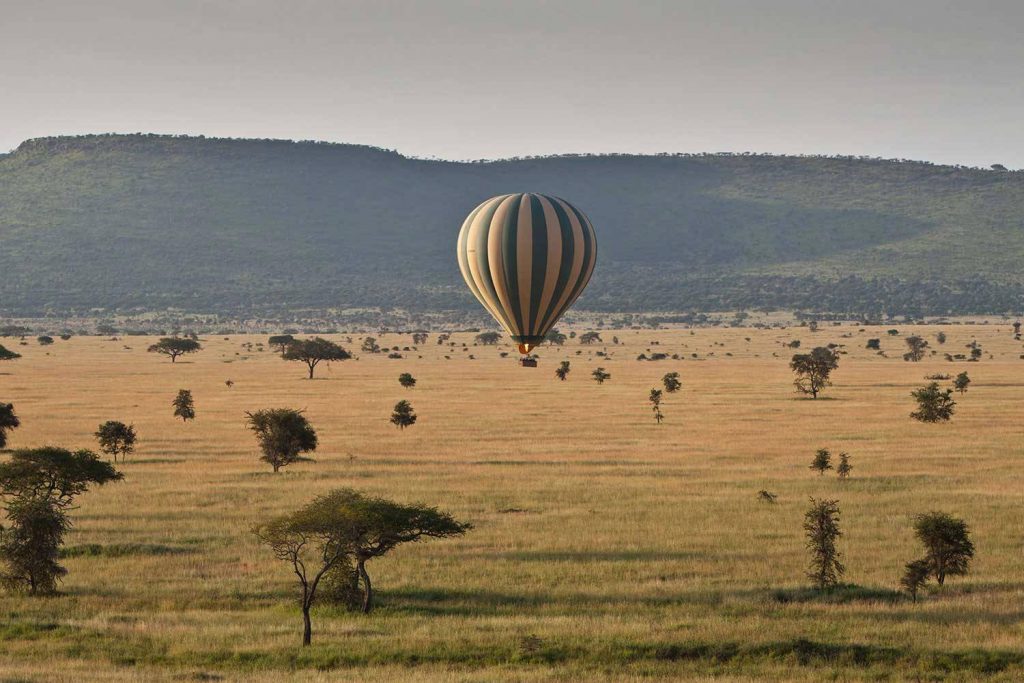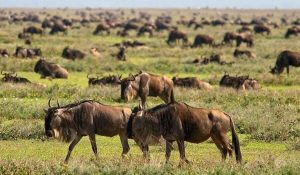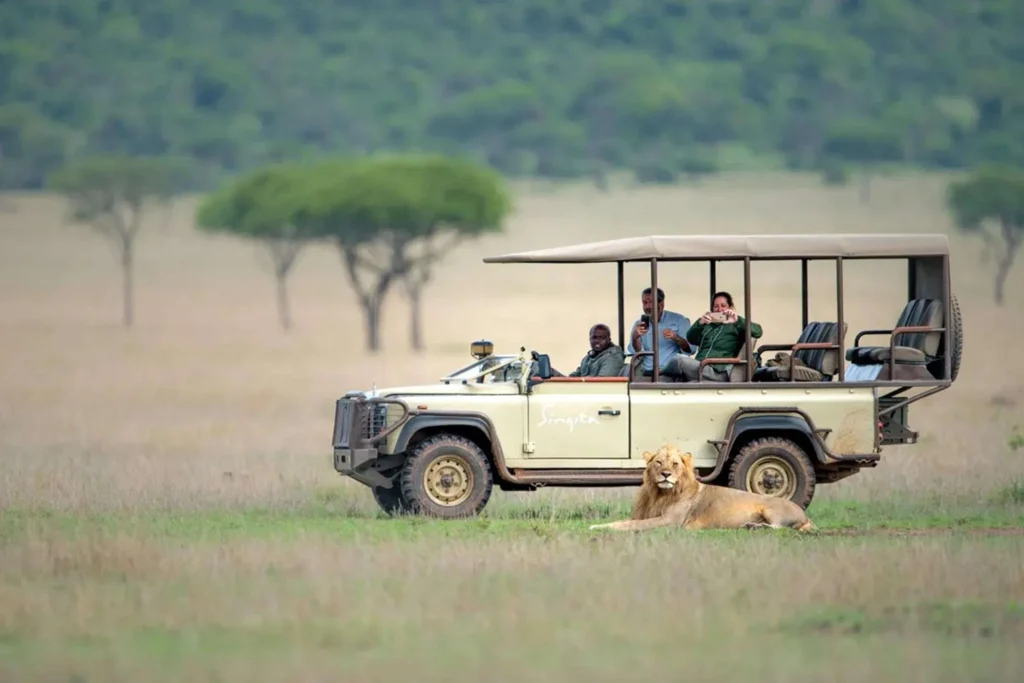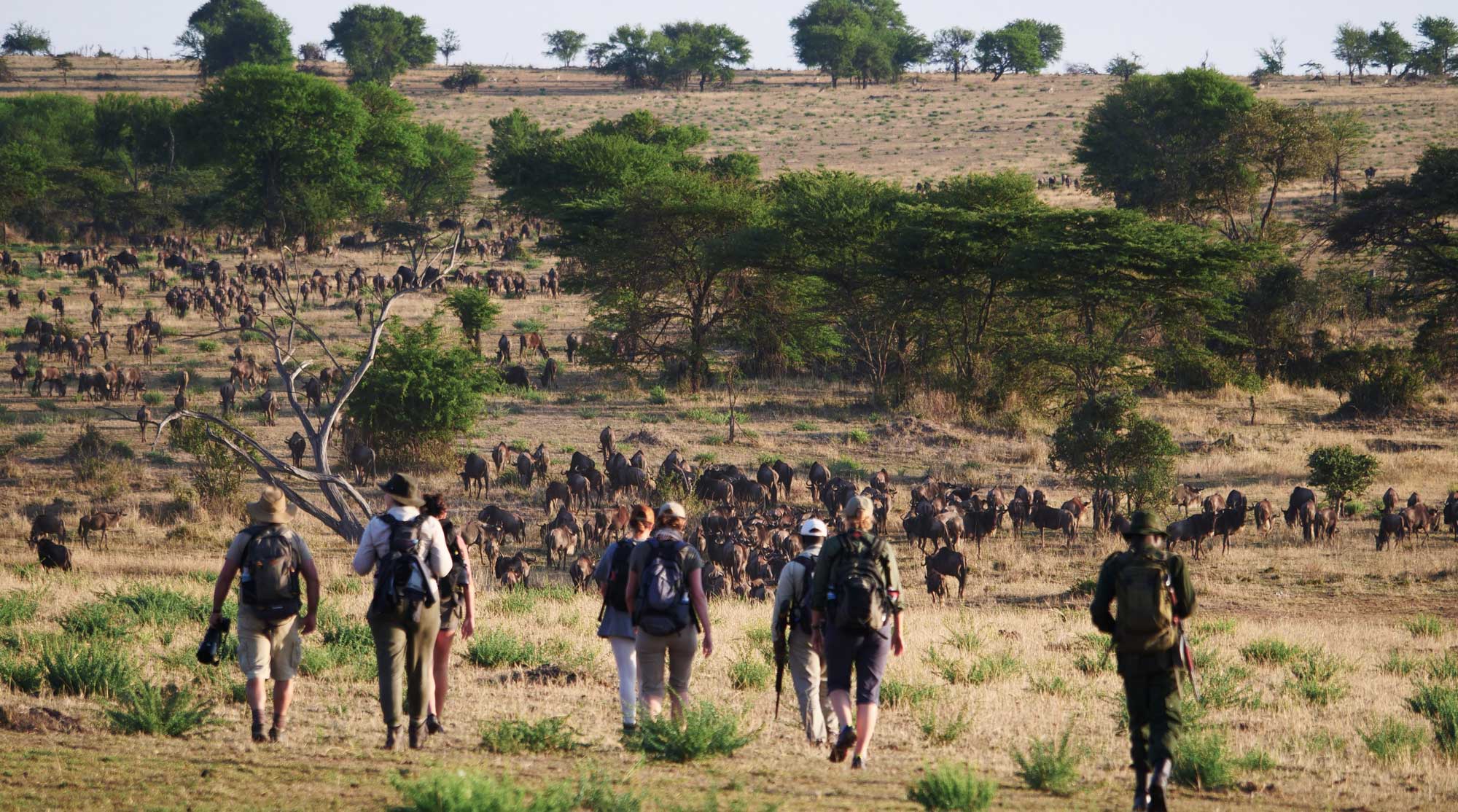If the question is, what countries are in Serengeti National Park?
Serengeti National Park is located in the Mara and Simiyu regions and contains 1.5 million hectares of the savanna and stretches on a total land area of over 14,763 square kilometers in Tanzania and was established in 1951. The area that the annual migration covers clearly defines Serengeti National Park, which is at the center of the larger Serengeti ecosystem.

Serengeti National Park lies in northern Tanzania, bordered in the north by Kenya, where it is continuous with the Maasai Mara National Reserve. Serengeti National Park is made up of several sections, which include the Ngorongoro Conservation Area in the southeast of the park, the Maswa Game Reserve in the southwest, the Ikorongo and Grumeti Game Reserves to the west, and the Loliondo Game Control Area to the northeast and east. Together, these areas form the larger Serengeti ecosystem.
What is Serengeti National Park famous for?
Serengeti National Park is one of the few places where you can witness the unaltered natural animal migration in the world. The large herds of grazers that move in pursuit of fresh pastures and water for their survival have remarkably led tourists to describe the area as the greatest wildlife destination on earth.
How to get to Serengeti National Park in Tanzania.
To embark on your safari to Serengeti, you can commence your voyage from Tanzania, beginning either at the adjacent town of Arusha or the prominent seaport city of Dar es Salaam. Peruse our calendar of scheduled departures from Arusha or Dar es Salaam to evaluate available options.
When does the Great Wildebeest migration start in the Serengeti?
The exact dates are not well known; however, large numbers of mammal grazers, with over one million wildebeest and thousands of zebras and gazelles, move through the Serengeti annually in search of food and breeding grounds.
The migration is also due to alonga long, round trek throughr lands in the country. Between December and June is the wet season in Serengeti, and animals usually head towards the south to Naabi Hill, and the wildebeests stay in the Ndutu region for breeding, and as temperatures increase and the dry season sets, the large herds travel through the Seronera River Valley and the Western corridor before they cross the Grumeti River and move north to the Lobo Valley and Bologonja Springs.
Usually after several months of grazing on fresh pastures, the herds turn around and start the process afresh. The large herds are usually followed by predators, which hunt them down for food. Serengeti is the only place that can offer you a chance to see such a dramatic scene in the world that occurs naturally. Thus, a visit here will only create lasting memories.
Wildlife in Serengeti National Park
Serengeti National Park is home to a large number of wildlife; the interaction of abiotic factors such as rainfall, temperature, topography, and geology with the park’s drainage systems has resulted in a diverse array of both aquatic and terrestrial species.

Wildebeests in Serengeti
The park is home to 2 million wildebeests and around 900,000 and 300,000 zebras as the dominant herds. Other herbivores in Serengeti National Park include the elands, hartebeests, buffalos, hippopotamus, black rhinoceroses, antelopes, and ten species of primates.
The Serengeti also inhabits large numbers of predators. Serengeti National Park has one of the largest lion populations in Africa, with over 4,000 lions; others include the leopards, cheetahs, spotted hyenas, and wild dogs.
Serengeti National Park is also home to great numbers of birdlife, with over 500 species of birds that are perennial. The most commonly spotted include secretarybirds, kori bustards, helmeted guineafowls, grey-breasted spurfowl, blacksmith lapwings, African collared doves, red-billed buffalo weavers, southern ground hornbills, crowned cranes, sacred ibis, cattle egrets, black herons, knob-billed ducks, saddle-billed storks, goliath herons, marabou storks, yellow-billed storks, spotted thick-knees, white storks, lesser flamingos, shoebills, Abdim’s storks, hamerkops, hadada ibis, African fish eagles, pink-backed pelicans, Tanzanian red-billed hornbills, martial eagles, Egyptian geese, lovebirds, spur-winged geese, oxpeckers, and many species of vultures. Serengeti National Park has the highest ostrich population in Tanzania and probably Africa at large.






